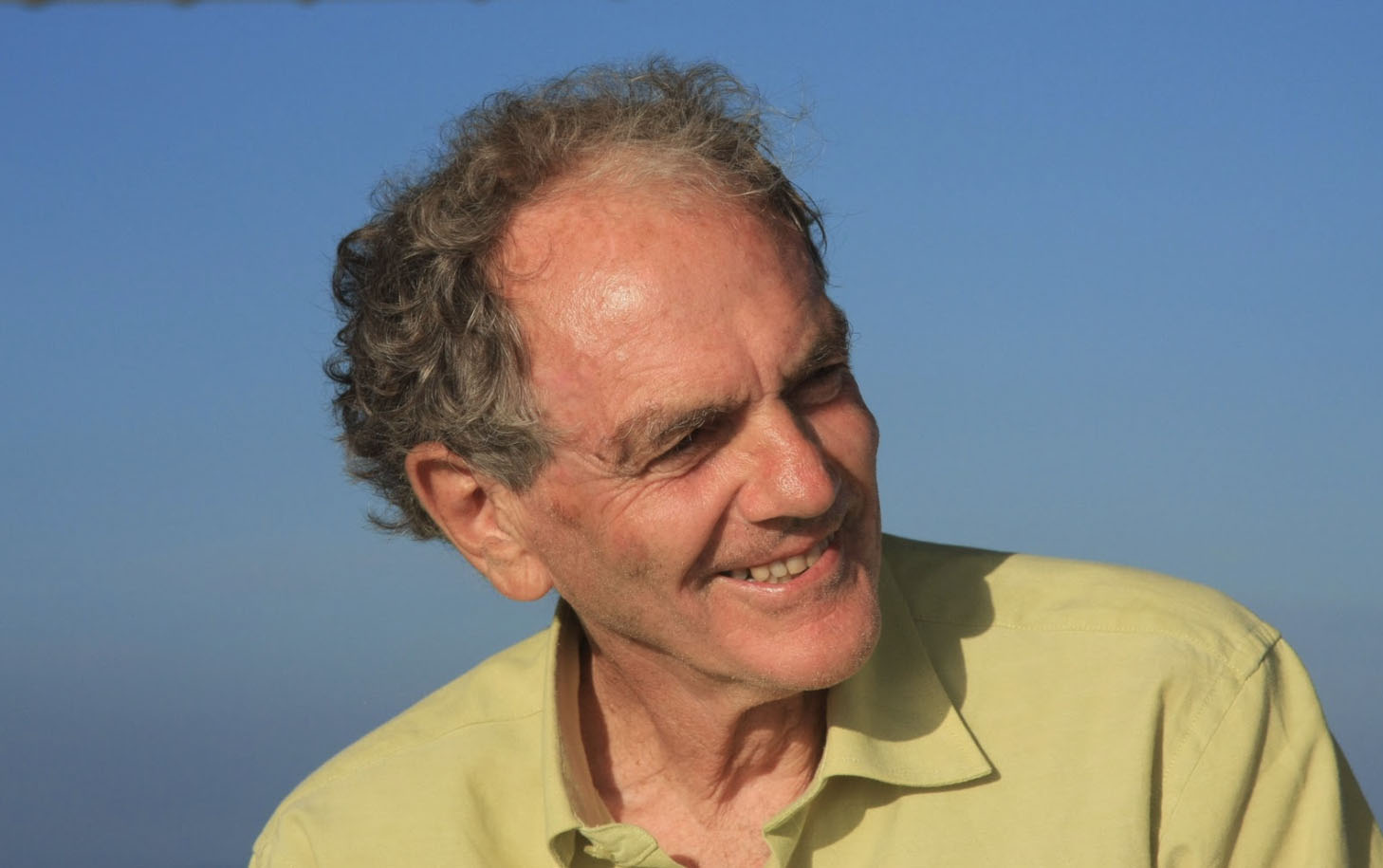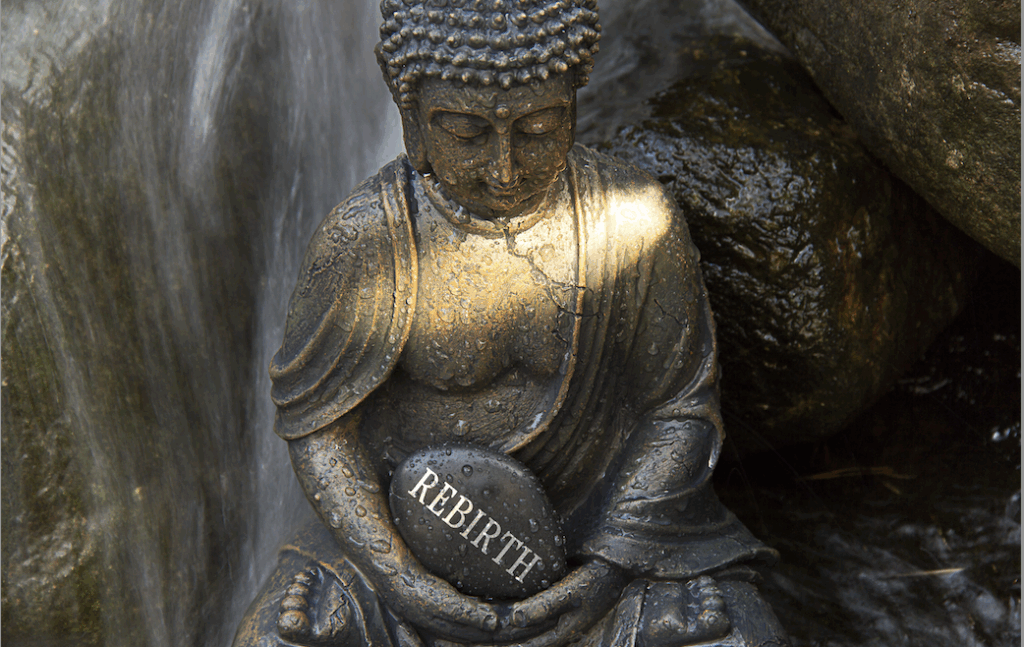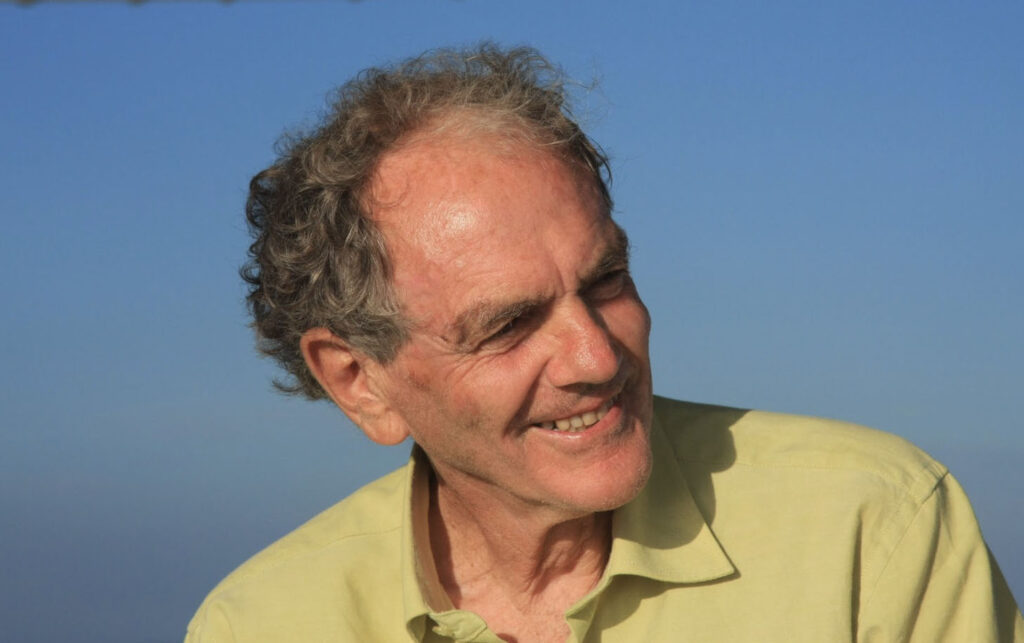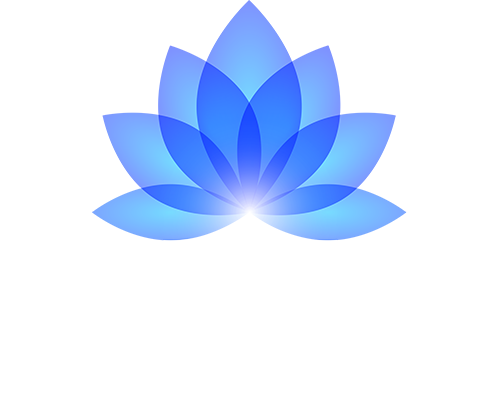Rebirthing is an alternative or complementary therapy specifically focusing on the breath as a profound healing tool. The two essential components of Rebirthing are: Breath and Thought.
The Thought aspect of the Rebirthing refers to the idea that ‘thought is creative’ or ‘beliefs are creative’.
What is rebirthing?
Rebirthing is a simple and gentle, yet powerful way to bring into awareness not only our unconsciously held beliefs and emotions but also the relationships we have with our bodies, ourselves, our loved ones and our world. When we consciously breathe with this awareness, we make it possible to integrate and heal previously unresolved issues within ourselves. This frees up energy, bringing greater aliveness and joy and allowing us to move towards fulfilment of our potential as human beings.
Rebirthing helps us to develop mastery and become conscious co-creators in our lives as individuals and as a collective.
‘Even though rebirthing has tremendous therapeutic and healing effects, it is a lot more than just a therapy, since it includes the whole process to mastery’
The breath used in Rebirthing is the conscious connected breath, where there is no pause between the inhale and exhale. This technique leads to altered states of consciousness where our ‘thinking brain’ slows down, and our awareness goes more to the limbic brain and brain stem. Here we can access and integrate what is held in the ‘body-mind’ – unconscious aspects such as habits, limiting beliefs and behaviours. It is a somatic practice, where we are bringing our awareness to the breath and also our body sensations.
A fundamental element of Rebirthing Breathwork is Relaxation. Leonard Orr states, ‘Relaxation is the ultimate healer. Every breath induces relaxation. Therefore, breathing is the basic healer. Conscious Energy Breathing is the most natural healing ability of all. This ability involves merging the inhale with the exhale in a gentle relaxed rhythm in an intuitive way that floods the body with Divine Energy.’
Who is Leonard Orr?
Leonard Orr was one of the original pioneers of discovering and using the conscious connected breath as a healing tool that then became a popular modality in the 70s. Among his many clients were Werner Erhard of Est (Landmark Education) and Stanislav Grof (Holotropic Breathwork®). Students of Leonard’s included Sondra Ray (Liberation Breathing), Jim Morningstar (The School of Integrative Psychology), Dan Brulé (Breath Mastery), and Judith Kravitz (Transformational Breath®).
Stanislav and Christina Grof
The other pioneers included Stanislav and Christina Grof, who developed Holotropic Breathwork® at the time, and Sondra Ray, who became known as the ‘Mother of Rebirthing’. Today there are many offshoots of the 2 original branches of Rebirthing and Holotropic Breathwork. Of course, the use of the breath to access heightened states of consciousness for healing and reaching union with the Divine is found in all cultures and religions and many ancient practices will have been lost over time. In many languages, the words for “breath” and “spirit” or “soul” are the same.
AIR School of Breathwork’s values and teachings remain aligned with Leonard Orr’s lineage of Rebirthing. The founding principles are Truth, Simplicity and Love.
A significant part of Leonard’s work was also the use of spiritual purification practices. He was inspired by the practice of immortal yogis, and guided by Shri Mahavatar Babaji, and introduced these practices to his work.
Evolution of rebirthing
In the ‘Manual for Rebirthers’ by Fanny Laere and Leonard Orr, we learn that he gradually discovered Rebirthing between 1962 and 1976. In 1962, he had an experience in the bath of regressing to prenatal and birth states of consciousness. He then spent years returning to and exploring these experiences, and he gradually remembered much of his conception, prenatal memories, and birth. Then, in working with others, he began to understand more about how the breath could be used in the process. During the sessions, he observed that people were all breathing this similar connected rhythm merging the inhale with the exhale.
He intuitively started to guide people into this connected breathing rhythm to complete ‘energy cycles’. He then started to experiment with the connected breathing rhythm out of the water and give dry rebirthing sessions until he perfected the method – a powerful gentle healing technique was born as well as a new, amazing profession.
He found that breathing out of the water and through the nose was a lot more appropriate, especially in the first 10 sessions. Then warm water rebirthing could be introduced when the rebirthee was more prepared for it. Some of the first Rebirthers, who later created their own schools, developed the technique of breathing underwater through the mouth during warm water rebirthing and then continued to do so in dry sessions as well.
As Rebirthing continued to evolve, it was discovered that the client’s experience was not always connecting to their birth or perinatal experiences. Rebirthing is about unravelling the birth-death cycle, and incorporating the body and mind into the conscious life of the Eternal Spirit. A session can relate to our relationship with death also, and any other part or time in our lives. Each session for each client can be very different. As our own innate healing abilities are set in motion, we can have physical, mental, emotional or spiritual experiences. The breath is always our guide, taking us where we need to go with each ‘breathe’. We will explore more what can happen and what to expect in a Rebirthing Breathwork session in a later article.
Differences of Holotropic Breathwork and Rebirthing
The 2 original branches of Holotropic Breathwork and Rebirthing were different in several key aspects. Holotropic breathwork was typically done through the mouth and clients were encouraged to ‘breathe deeper and faster than normal’ whereas Rebirthing was through the nose, and gentler. In Rebirthing, it was one-to-one work, with a Rebirther and a client. Holotropic Breathwork was conducted more in a group situation, where participants alternated in the role of experiencers and “Sitters”. Holotropic breathwork used evocative music as a key part of the process, as well as creative expression after the breathe, such as mandala drawing, where these didn’t feature in Rebirthing.
Since the 70s many different Breathwork schools and styles have emerged, using the conscious connected breath. They vary in their use of different elements from the original Rebirthing and Holotropic styles, and add in new ones. They combine different elements such as music, bodywork, movement, sound, touch, art, prayer, intention, ceremony, Earth-work, energy healing such as Reiki, Talk therapy, such as counselling or psychotherapy, among many other modalities.
AIR School of Breathwork
AIR students may create their own style with the foundations of the original gentle Rebirthing style taught at AIR, and introduce elements from their own personal experiences and practices and expertise.
You can experience a session for yourself with an AIR graduate.
You can read about the Rebirthing Breathwork we teach here at AIR here.
We live in incredible and exciting times as Breathworkers connect with each other and other areas and fields, and the co-creation continues.
By Kath Veitch
- The British Rebirth Society www.rebirthingbreathwork.co.uk
- Manual for Rebirthers by Fanny Van Laere and Leonard Orr
- www.rebirthingbreathwork.com




